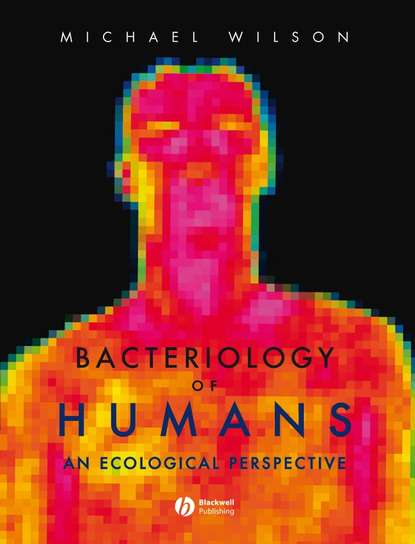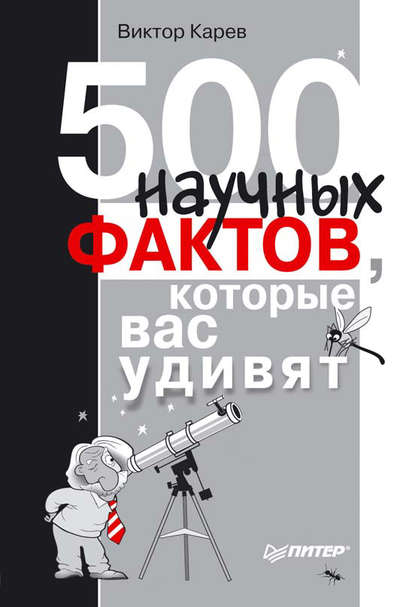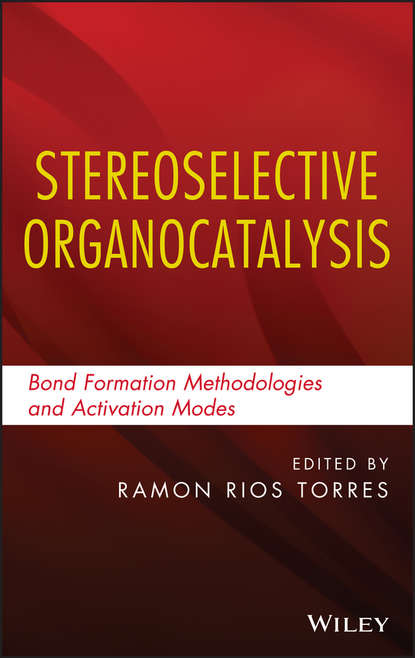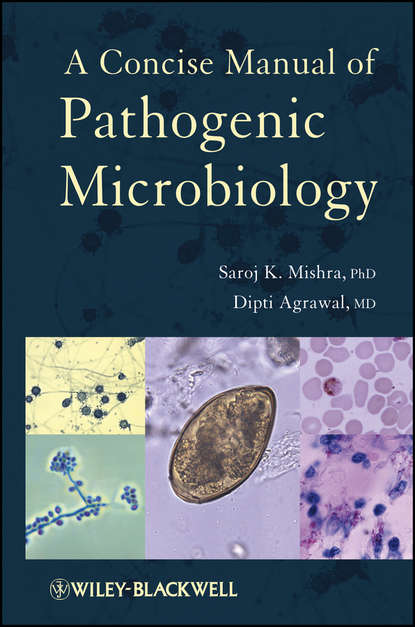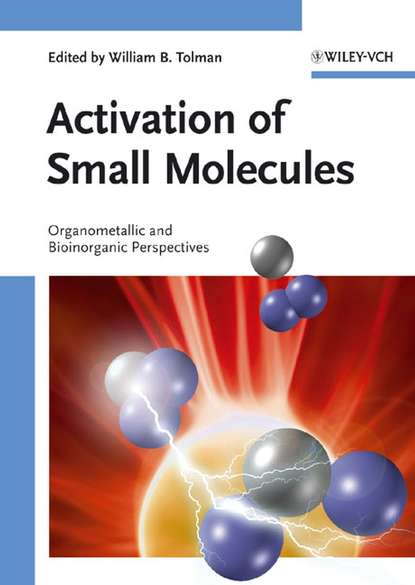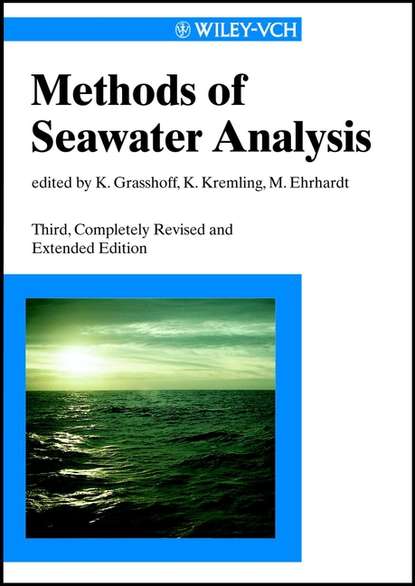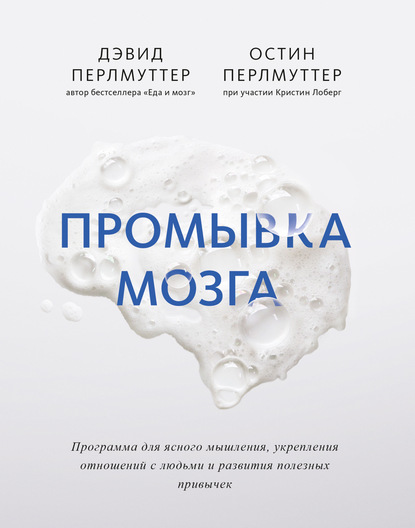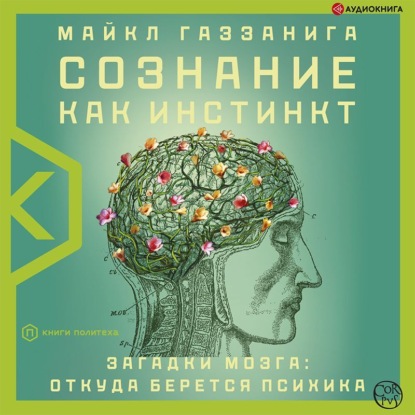Книга "Бактериология человека" является всесторонним руководством по развитию, составу и распределению микробных сообществ, присутствующих в организме человека. В течение длительного времени изучение микробиоты человека, населяющей его в состоянии здоровья, оставалось относительно малоизученной областью микробиологии, приоритет был уделен скорее тем микроорганизмам, которые вызывают заболевания. Однако в последнее десятилетие исследования показали, что микробиота не только защищает человека от патогенных микроорганизмов, но и участвует в его развитии и питании. Это вызвало значительный интерес среди медицинских работников и ученых к анализу и пониманию этих микробных сообществ, в основном бактериального происхождения.
Книга содержит современный и доступный подход к изучению развития, состава и распределения микробных сообществ в организме человека. Благодаря обилию цветных иллюстраций, диаграмм, таблиц и картинок устанавливаются связи между физико-химическими факторами, присутствующими в определенных анатомических областях, и типами микроорганизмов, обитающих там. Книга включает введение в симбиоз человека и микробов, а также детальное изучение основных систем и органов человеческого организма, в которых присутствуют микробные сообщества. Каждая глава содержит список литературы для дальнейшего изучения. Данное произведение является превосходным и информативным справочным пособием, полезным для всех, интересующихся микробиологией, медицинской микробиологией, микробиологией экосистем, инфекционными заболеваниями, иммунологией, гуманитарными науками, медициной, стоматологией, медицинской сестринской практикой, научными и фармацевтическими науками. Она должна быть на полке каждой серьезной научной и медицинской библиотеки. Особенности книги:
- Представляет собой всестороннее и доступное справочное пособие по микробиоте человека.
- Богато иллюстрирована цветными фигурами, диаграммами, таблицами и картами.
- Каждая глава содержит список литературы для дальнейшего изучения.
- В каждой главе представлены ссылки на ключевые веб-сайты.
- Предлагает экологический подход, объясняющий, почему определенные организмы ассоциируются с конкретными анатомическими областями.
Книга доступна в форматах PDF и EPUB. Пожалуйста, отсканируйте QR-код с помощью устройства с камерой для доступа к этим форматам.
Электронная Книга «Bacteriology of Humans» написана автором Michael Wilson в году.
Минимальный возраст читателя: 0
Язык: Английский
ISBN: 9781444300383
Описание книги от Michael Wilson
1st Prize, 'New Authored Books' category, Royal Society of Medicine and Society of Authors Medical Book Awards 2008 “Overall, I am impressed by the up-to date information content and structure provided in Bacteriology of Humans. It is truly an ecological perspective helpful for undergraduate/graduate majors in microbiology and immunology.” –American Society for Microbiology, June 2009 «Wilson provides the reader with an up-to-date, comprehensive census of the indigenous microorganisms that inhabit the human body and in so doing contributes significantly to this rapidly advancing area of study. The narrative is clearly written; the index is excellent; there are numerous bibliographic citations. Each chapter is rich with tables, diagrams, color micrographs, and charts … Highly recommended.» –Choice Reviews «This comprehensive, yet accessible text… is an excellent and informative reference book… it should be on the shelf of every major science and medical library. The content, organization, and presentation make this book a unique resource.» –Doody's Book Reviews Until recently, the indigenous microbiota of humans has been a relatively neglected area of microbiology with most attention being focused on those microbes that cause disease in humans, rather than on those that co-exist with us in the disease-free state. However, in the past decade research has shown that not only is the indigenous microbiota involved in protecting humans from exogenous pathogens but it is also involved in our development and nutrition. Consequently, interest has grown substantially among health professionals and scientists in analyzing and understanding these microbial (largely bacterial) communities. This comprehensive, yet accessible text provides an up-to-date guide to the development, composition and distribution of indigenous microbial communities of humans. With the aid of abundant colour figures, diagrams, tables and maps, it establishes links between the physicochemical factors prevailing at an anatomical site and the types of microbes to be found there. The book includes an introduction to the human-microbe symbiosis as well as an in-depth look at the main systems and organs of the human body that have an indigenous microbiota. Each chapter includes a list of references for further study. This is an excellent and informative reference book that is useful to anyone with an interest in microbiology, medical microbiology, microbial ecology, infectious diseases, immunology, human biology, medicine, dentistry, nursing, health sciences, biomedical sciences or pharmacy – it should be on the shelf of every major science and medical library. Hallmark Features: Provides a comprehensive, yet accessible, reference book on the human microbiota Lavishly illustrated with colour figures, diagrams, tables and maps Each chapter provides a list of references to promote further study Each chapter contains links to key websites Offers an ecological approach that explains why certain organisms are associated with a particular anatomical site
